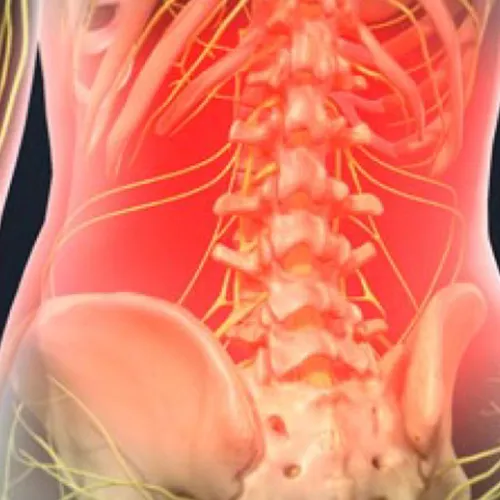Epidural Steroid Injection
What is an epidural steroid injection?
An epidural steroid injection is a targeted minimally invasive procedure consisting of a corticosteroid that can help relieve radicular pain in the neck, arm, back, and legs. The doctor will use x-ray guidance to place a small needle into the area(s) that correspond to your pain complaint. The corticosteroid is injected into the epidural space (the space between the disc, spinal cord, and spinal nerve), along with a local anesthetic medicine (like lidocaine) to provide pain relief.
How is it done?
A needle is directed into the epidural space under X-ray guidance. Moderate sedation and/or a local anesthetic may be used to ensure the patient's comfort. A small amount of X-ray dye is injected to confirm epidural placement of the needle. Then a mixture of steroids and local anesthetic is injected. This feels like a pressure or "fullness" along the path of the irritated nerve root. The needle is then removed and the patient is taken to the recovery room.
Cervical Epidural Steroid Injection
This injection relieves pain in the neck, shoulders, and arms caused by a pinched nerve (or nerves) in the cervical spine. Conditions such as herniated discs and spinal stenosis can compress nerves, causing inflammation and pain. The medication injected helps decrease the swelling of nerves.
Lumbar Epidural Steroid Injection
The lumbar epidural steroid injection procedure is performed to relieve low back and radiating leg pain. Steroid medication can reduce the swelling and inflammation caused by spinal conditions.
Epidural Steroid Injections FAQ
What is an epidural steroid injection?
An epidural steroid injection is a targeted minimally invasive procedure consisting of a corticosteroid that can help relieve radicular pain in the neck, arm, back, and leg. The doctor will use x-ray guidance to place 1-3 needles into the area(s) that correspond to your pain complaint. The doctor will then use a small amount of contrast dye to ensure the medication will spread to the appropriate area. The corticosteroid is injected into the epidural space (the space between the disc, spinal cord, and spinal nerve), along with a local anesthetic medicine (like lidocaine) to provide pain relief.
How is it done?
A needle is directed into the epidural space under X-ray guidance. Moderate sedation and/or a local anesthetic may be used to ensure the patient's comfort. A small amount of X-ray dye is injected to confirm epidural placement of the needle. Then a mixture of steroids and local anesthetic is injected. This feels like a pressure or "fullness" along the path of the irritated nerve root. The needle is then removed and the patient is taken to the recovery room.
Risk?
As with any invasive procedure there are some associated risks and complications. Any time a needle is put into the body, there is a risk of infection or bleeding, or allergic reaction. The risk of infection is reduced by using sterile techniques. The risk of bleeding is very minimal if you are not on any blood thinners. There are very few allergic reactions to the medications that are used for the injection. If any allergic reactions are identified, medications will be given and you will be observed to prevent any serious complications. Steroids may have several side effects but are limited due to the small amount of medication used in the procedure.
In the low back, there are risks of back pain, headache, worsening the pain, not helping the pain, and causing persistent numbness and/or weakness. In most individuals, the spinal cord ends at L1-2, so any injections below those levels have essentially no risk of spinal cord injury or paralysis.
Cervical Epidural Steroid Injection
This injection relieves pain in the neck, shoulders, and arms caused by a pinched nerve (or nerves) in the cervical spine. Conditions such as herniated discs and spinal stenosis can compress nerves, causing inflammation and pain. The medication injected helps decrease the swelling of nerves.
Lumbar Epidural Steroid Injection
The lumbar epidural steroid injection procedure is performed to relieve low back and radiating leg pain. Steroid medication can reduce the swelling and inflammation caused by spinal conditions.


